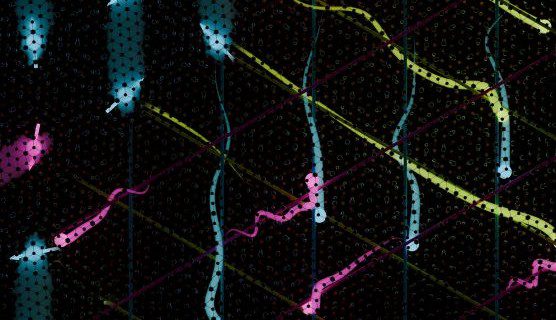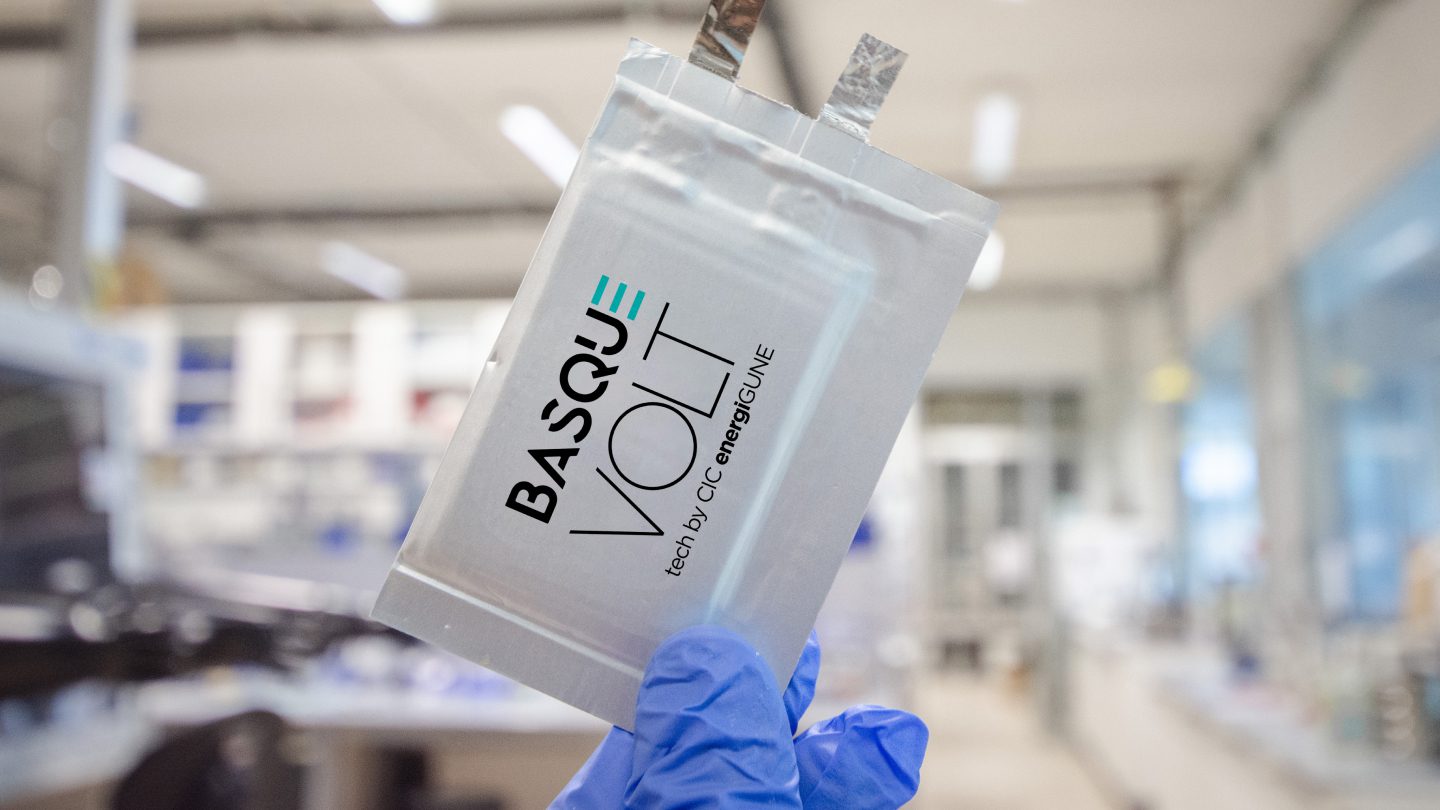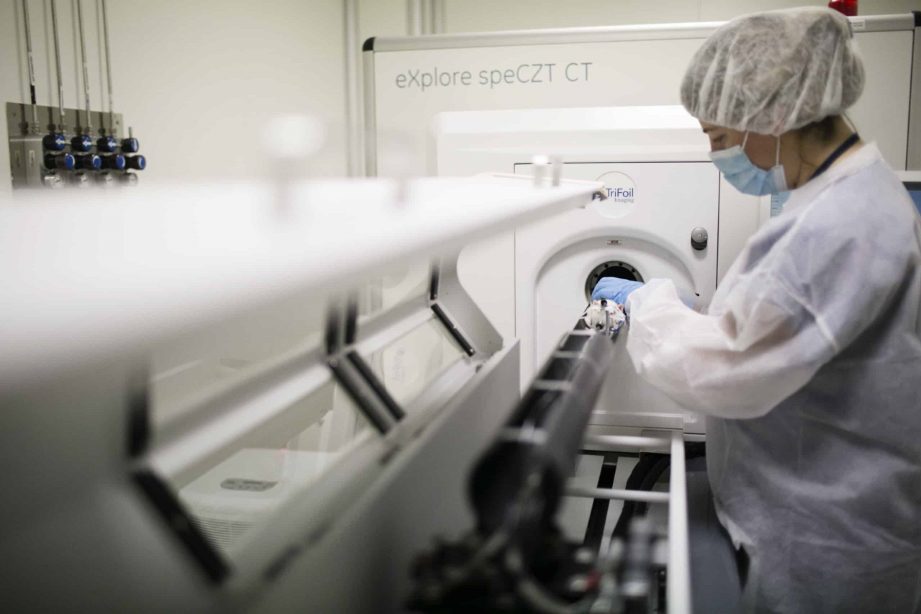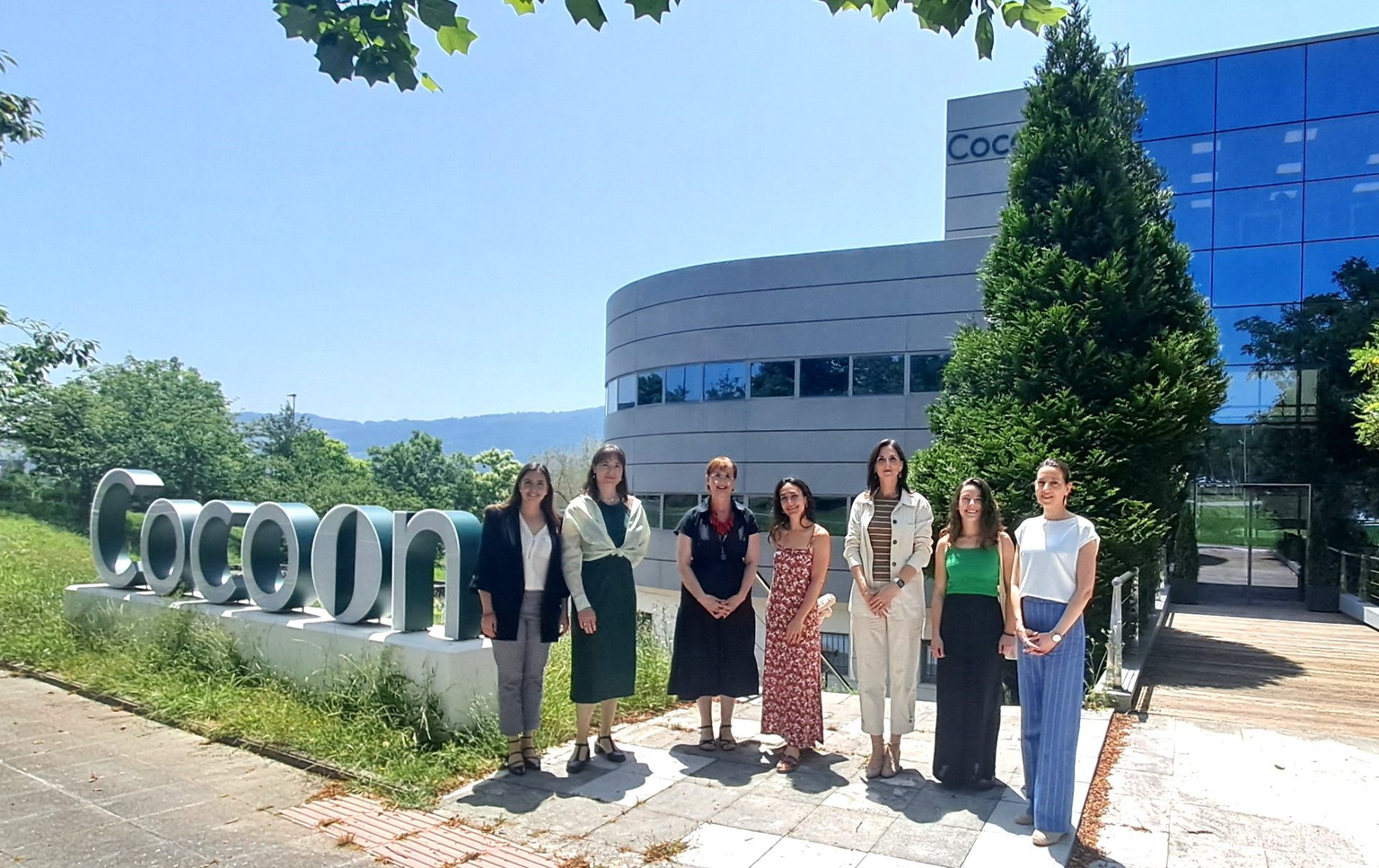The Basque Country consolidates its leadership in brain research
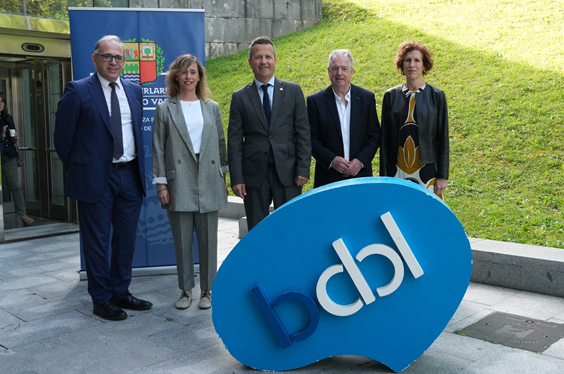
The Basque Center on Cognition, Brain and Language (BCBL), a basic research centre of excellence attached to the Basque Government’s Department of Education, has new magnetoencephalography equipment following an investment of 2 million euros.
The large Basque scientific infrastructure located at BCBL is the most advanced of its kind in Southern Europe and one of the most advanced in the world.
The latest-generation machine will allow the centre to record neuronal activity with exceptional resolution and advance in the study of the mechanisms involved in linguistic processes.
The Basque Country consolidates its position at the forefront of brain research. BCBL, the Basque Center on Cognition, Brain and Language, attached to the Department of Education, has new equipment for magnetoencephalography (MEG) which has involved an investment of 2 million euros financed by the Basque Government. Located in the BCBL facilities in the Euskadi Technology Park on its Donostia Campus, the new state-of-the-art infrastructure consolidates the capacity of its laboratories in the international neuroscientific field and will make it possible to record the neuronal activity of the participants in its studies with exceptional temporal and spatial resolution, improving the performance of the previous equipment.
This morning, accompanied by the BCBL team, the Regional Minister of Education was able to get to know the characteristics of the new equipment. Adolfo Morais, Deputy Regional Minister for Universities and Research, and Amaia Esquisabel, Director of Research, also took part in the visit. During the explanations, the scientific team highlighted the possibilities that the new equipment will offer.
acquisition.
The specific objective of the centre’s activity is to unravel the neurocognitive mechanisms involved in language acquisition, comprehension and production, with special emphasis on bilingualism and multilingualism. The new MEG device presents auditory and visual stimuli, while measuring the brain activity of the participant, sitting or lying down, through 306 sensors.
In the words of Nicola Molinaro, BCBL researcher: “It is a non-invasive technological method that collects the magnetic fields produced by the electrical currents that neurons create when they communicate with each other. This information tells us when and where a particular region of the brain has been activated, which is essential for understanding how our linguistic abilities are implemented and the relationships between brain structures and their functions”.
Councillor Jokin Bildarratz emphasised the search for excellence in research and training with equipment such as that visited today, which will facilitate the transfer of knowledge. He stressed the importance of unravelling the neurocognitive mechanisms involved in language acquisition and processing and congratulated the BCBL team for reaching new goals, opening up new paths. During his speech he also highlighted the important work carried out on a daily basis by the nine BERCS – Basic Research and Excellence Centres – as the spearhead of basic science in the Basque Country.
State-of-the-art facilities
In total, the BERC centre of basic research and excellence BCBL, with the support of the Basque Government, has invested 2 million euros in this innovative machine which renews the capacity of its laboratories to respond to the challenges of neuroscience
The MEG thus joins the state-of-the-art neuroscience research facilities at the centre in Donostia-San Sebastián, which include a magnetic resonance scanner, eight soundproof booths for carrying out behavioural experiments, an eye tracking system for ocular analysis, the Babylab baby study room and four electroencephalography systems.
